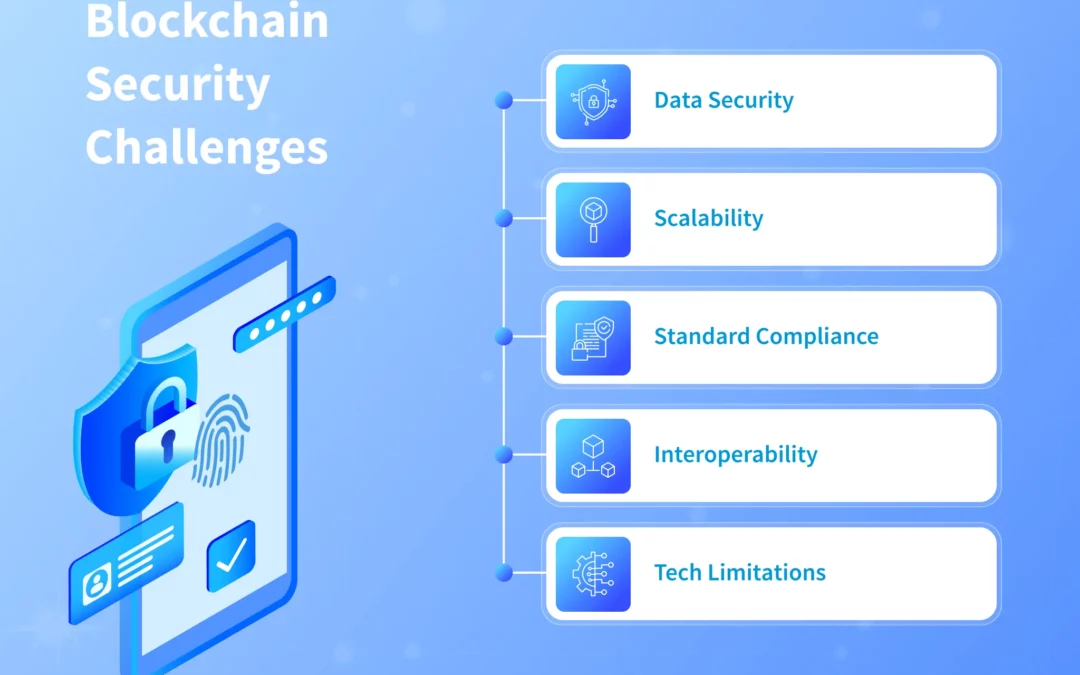When people talk about blockchain, one of the first things that comes up is security. But what exactly makes blockchain technology more secure than the traditional databases we’ve been using for decades? Let’s break it down in simple terms.
1. Decentralization Removes Single Points of Failure
Traditional databases are usually stored in centralized servers. If that server gets hacked, corrupted, or shut down, the whole system is at risk. Blockchain, on the other hand, spreads data across a network of nodes. Even if one node is compromised, the rest of the network continues to function securely.
2. Immutability of Data
Once a transaction is recorded on a blockchain, it cannot easily be altered or deleted. This immutability means fraud and tampering are far more difficult compared to traditional databases, where an admin might edit or erase entries without leaving a trace.
3. Cryptographic Security
Blockchain relies heavily on advanced cryptography. Each block is linked to the previous one using cryptographic hashes. If someone tries to change the data in one block, it would break the entire chain, making it clear that the data has been tampered with.
4. Transparency and Auditability
All participants in a blockchain network can verify transactions themselves. This transparency builds trust while also making it easier to audit records. In a traditional database, trust often depends on the administrator or organization controlling it.
5. Consensus Mechanisms
Blockchain adds another layer of protection through consensus protocols like Proof of Work (PoW) or Proof of Stake (PoS). These mechanisms require participants to agree on the state of the ledger, which makes fraudulent activity extremely difficult and costly.
Final Thoughts
Blockchain isn’t flawless, but its combination of decentralization, immutability, cryptography, transparency, and consensus makes it far more secure than traditional databases in many scenarios. That’s why industries from finance to supply chains are adopting it—not just for innovation, but for stronger protection against fraud and cyberattacks.

